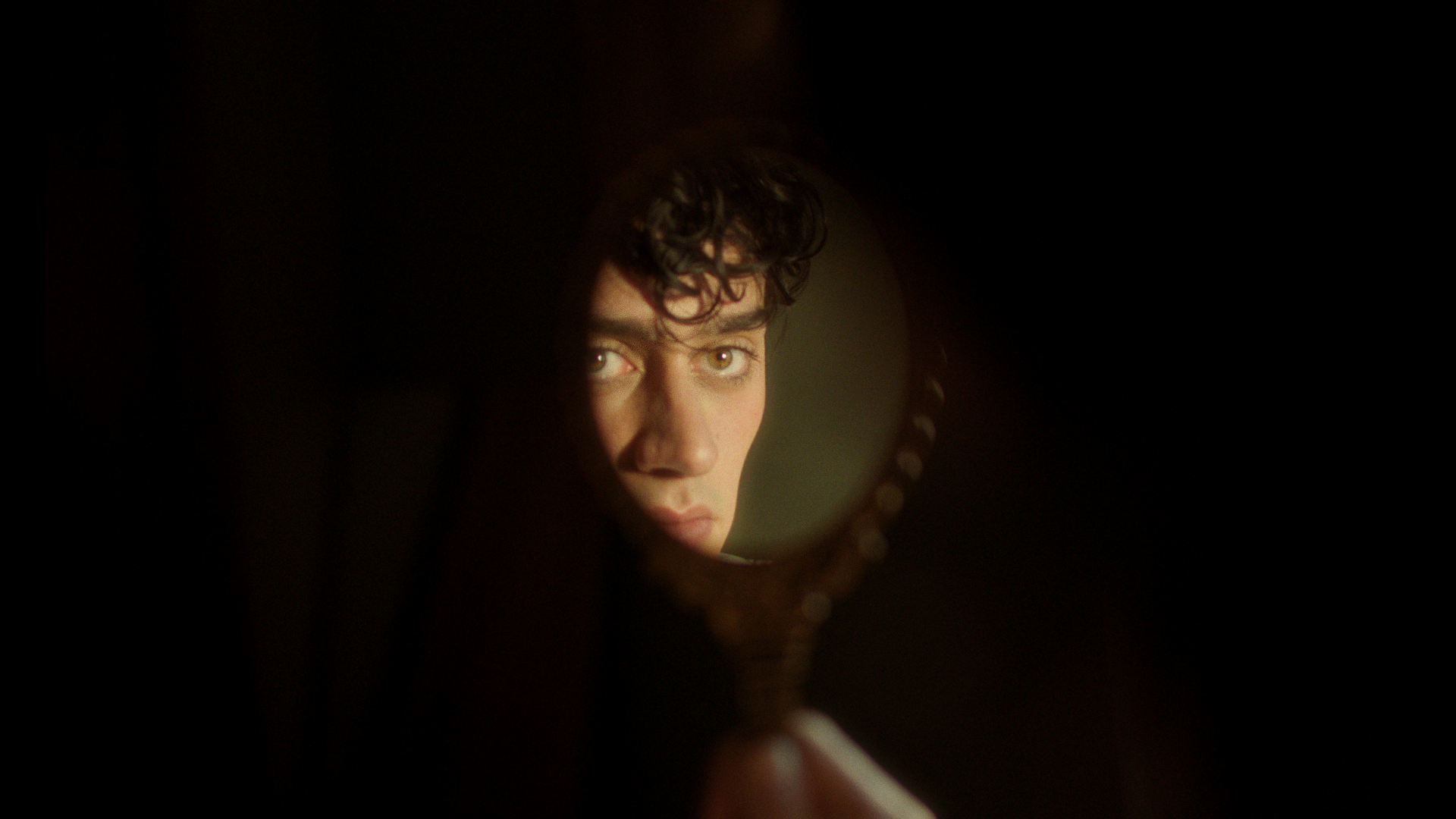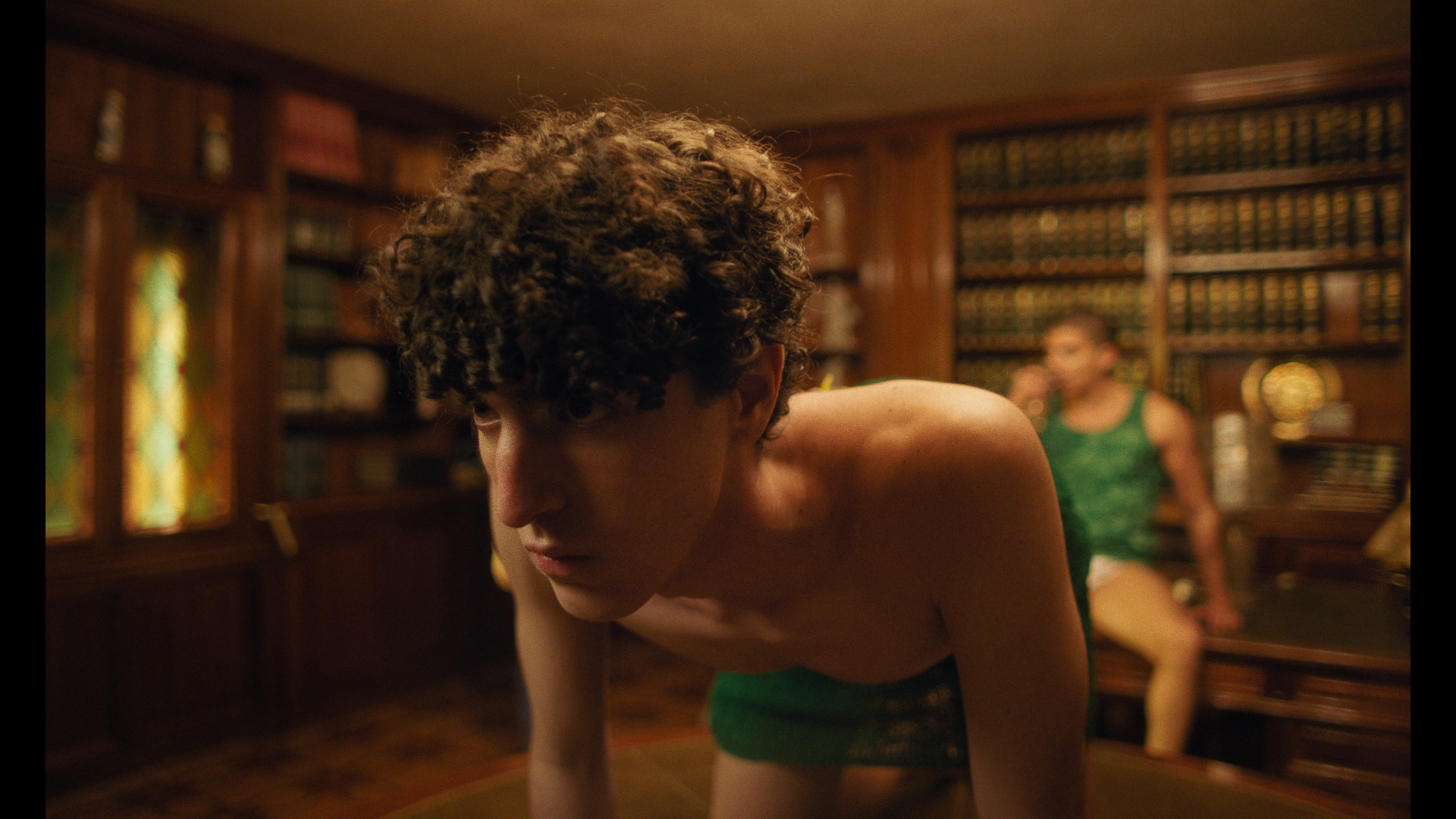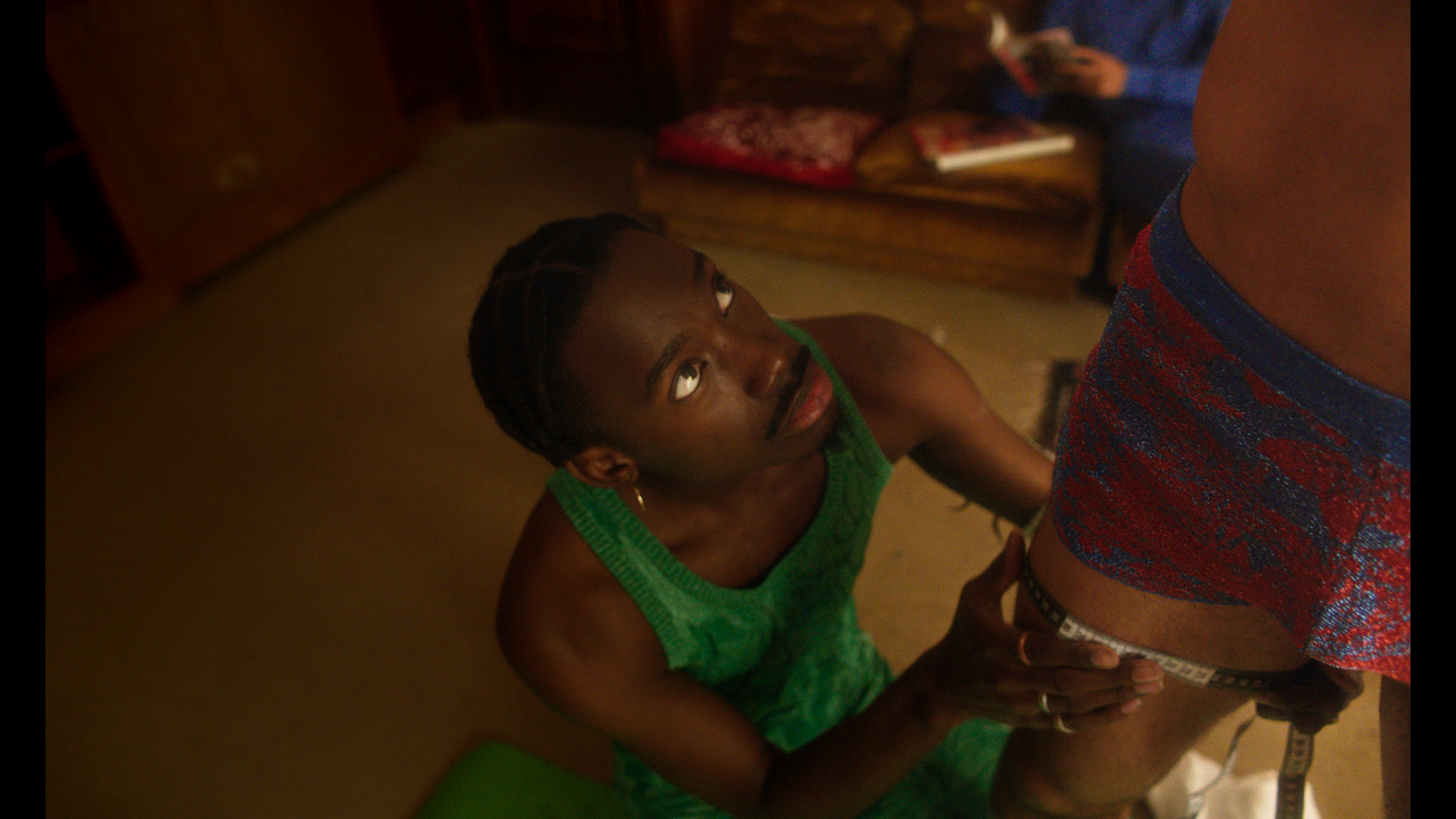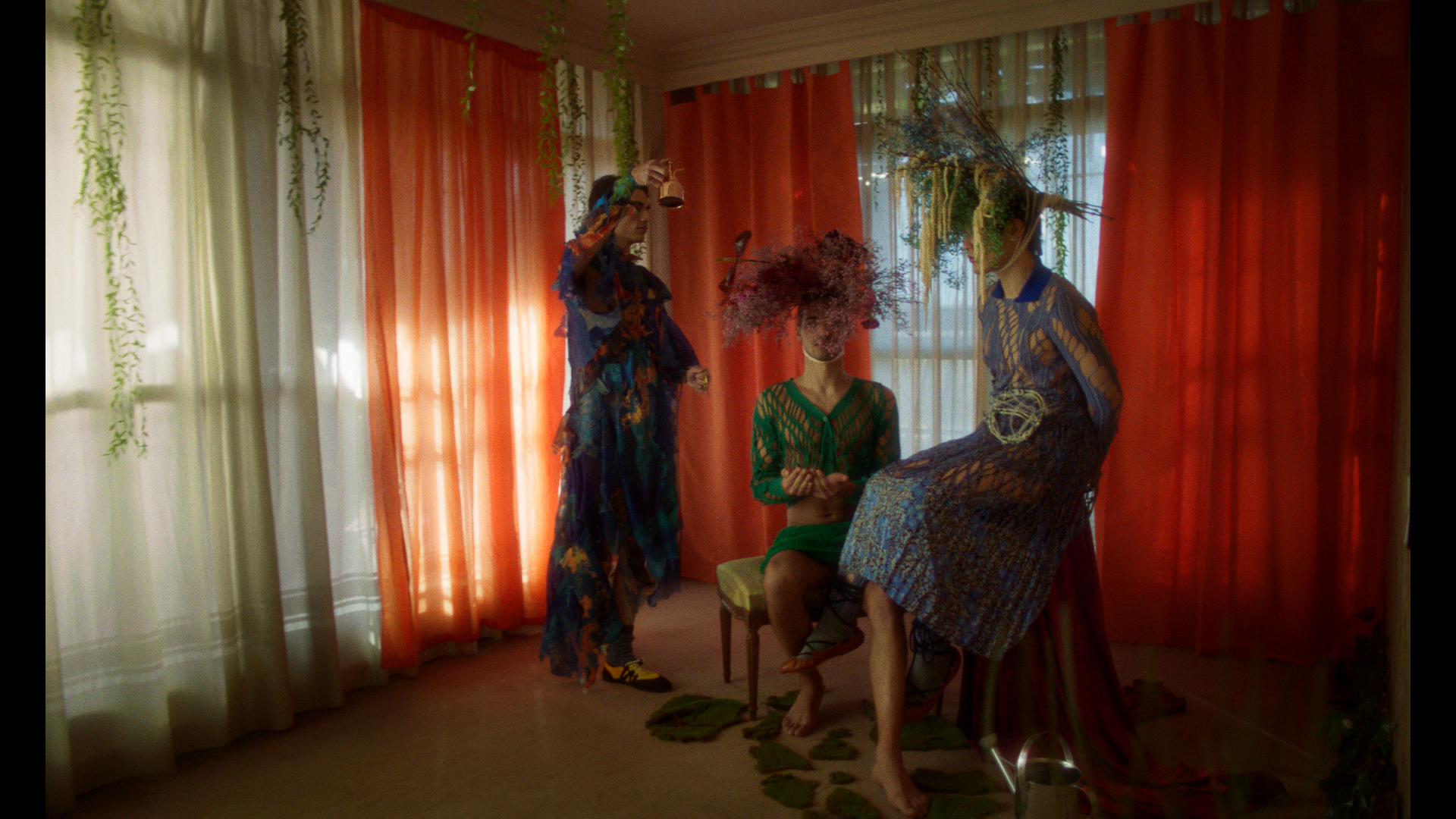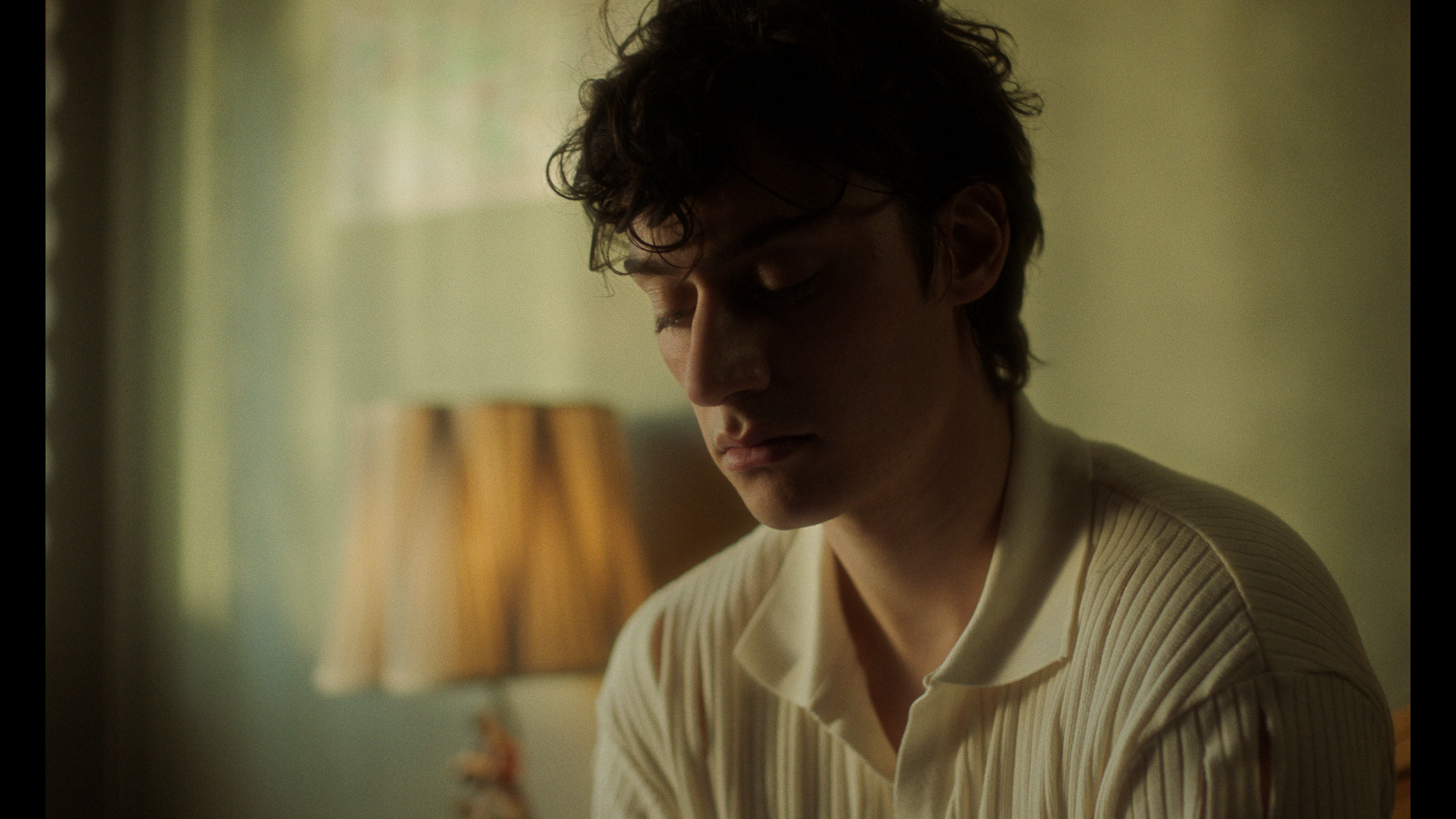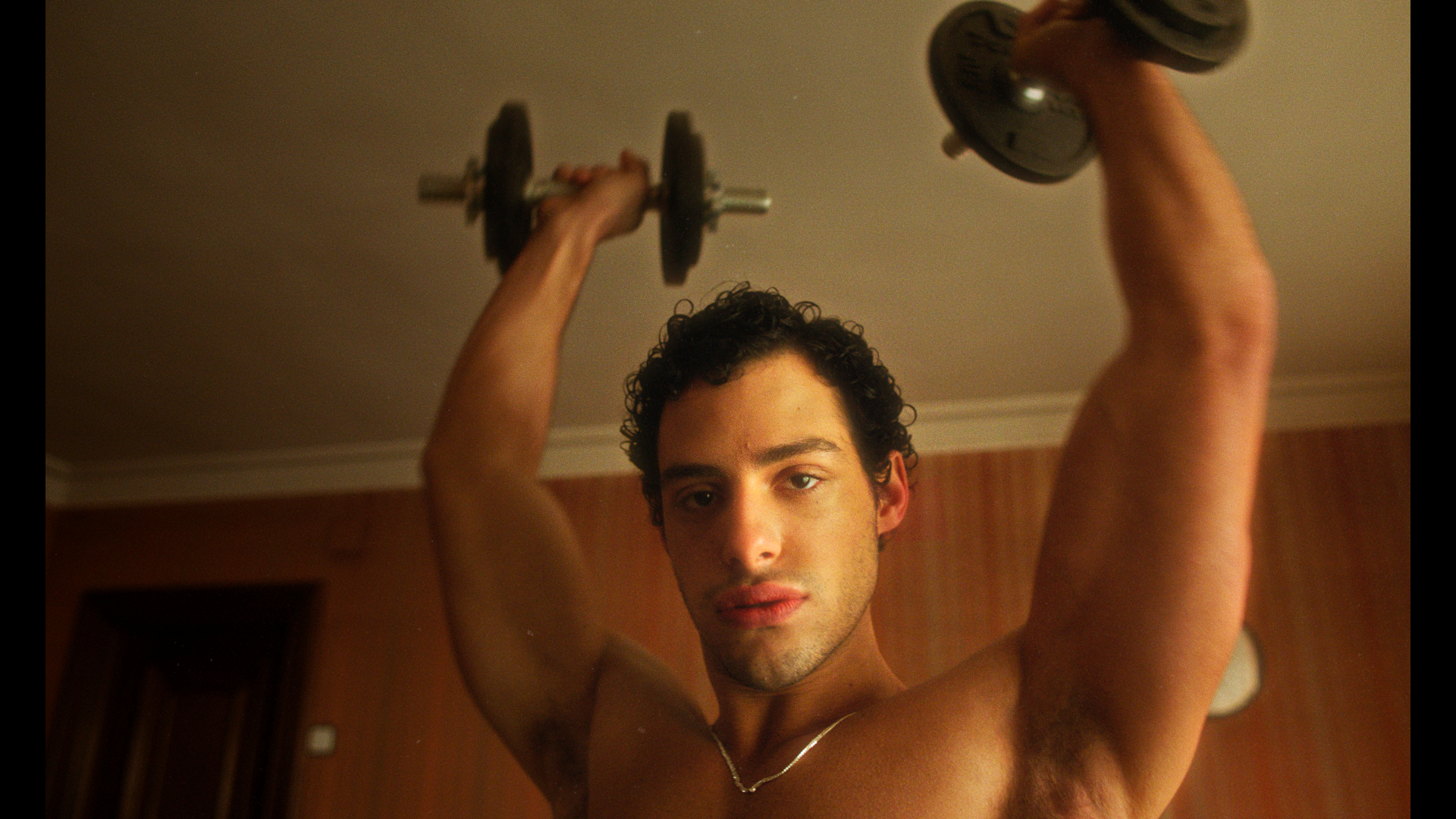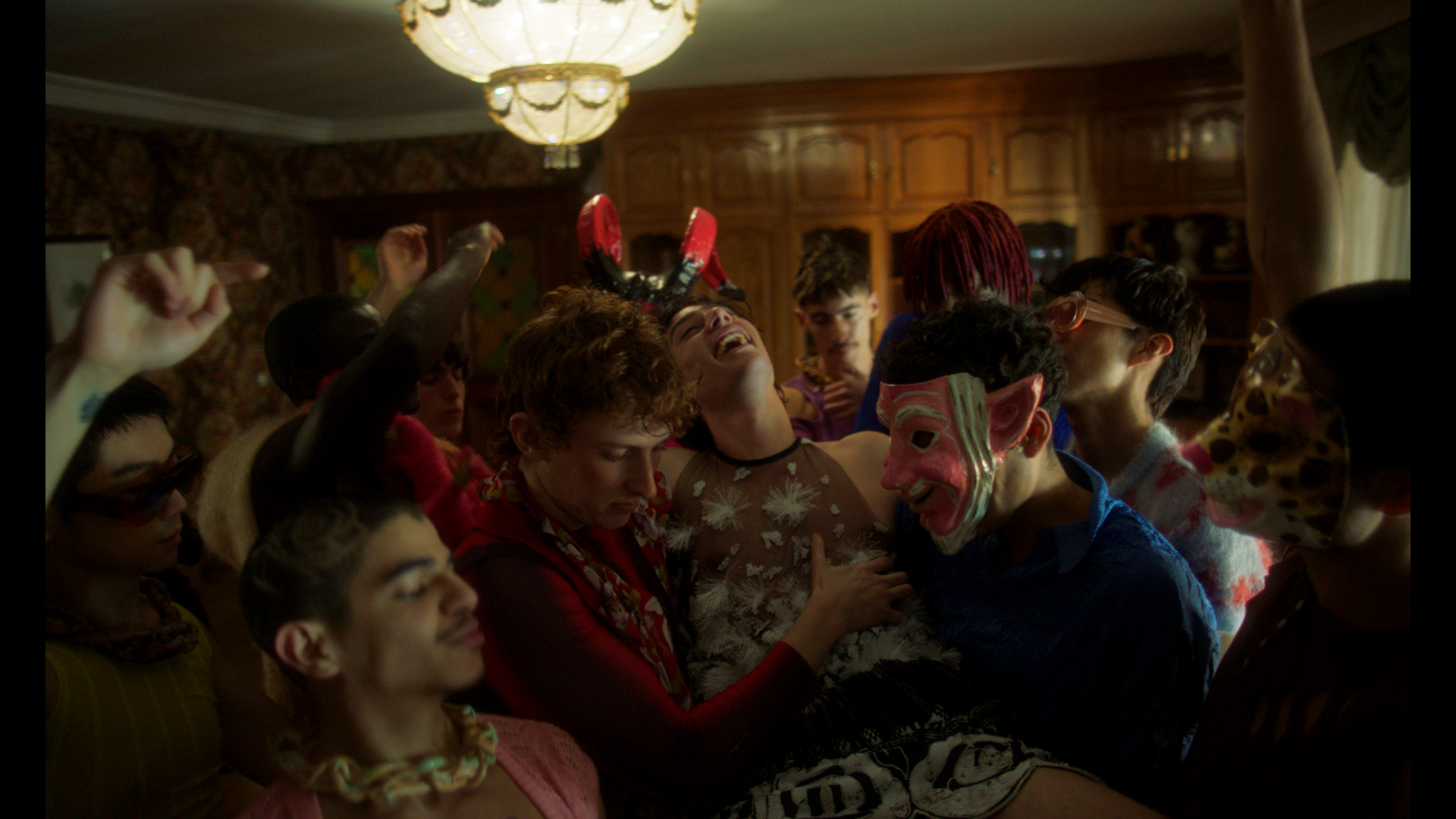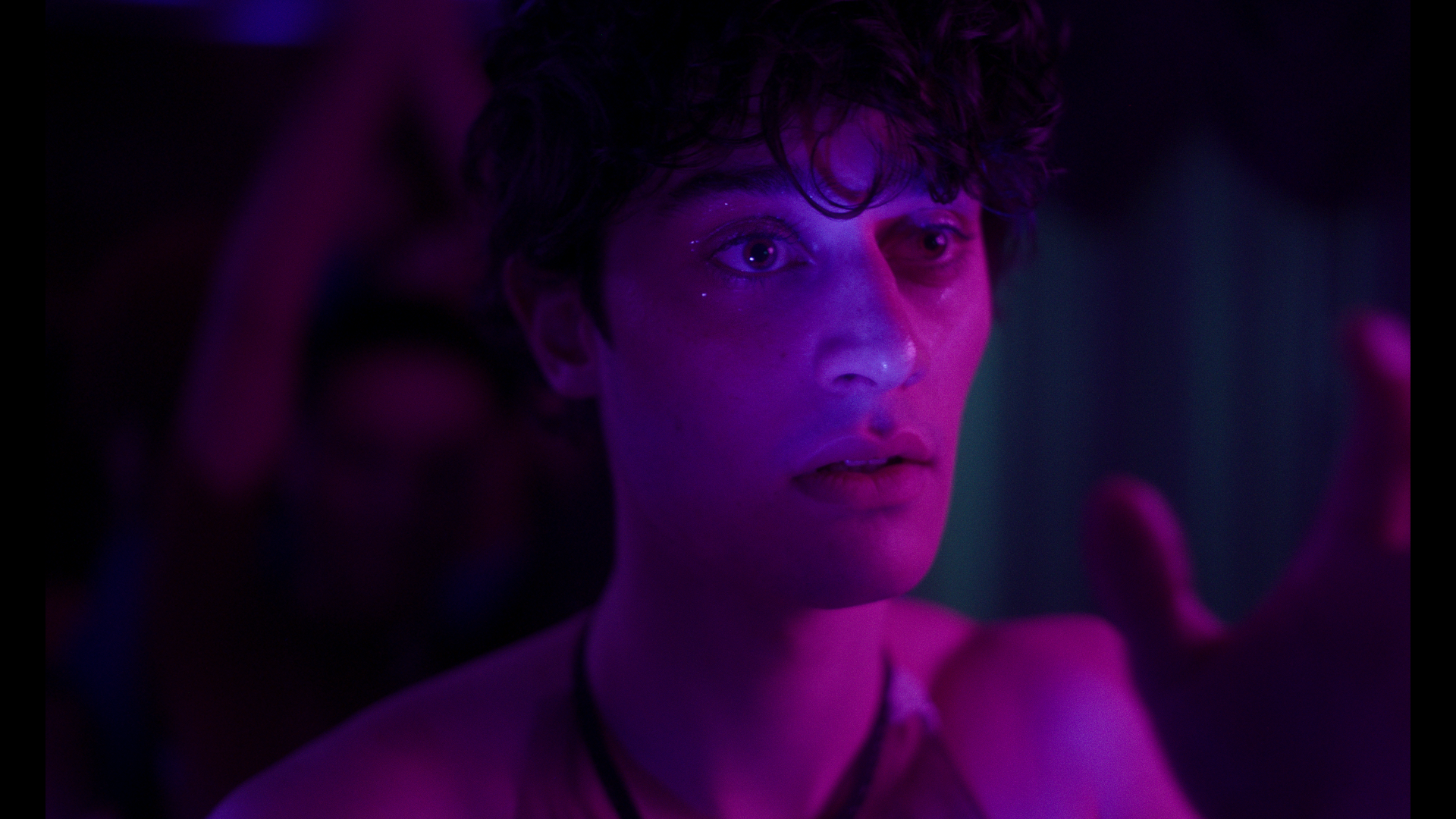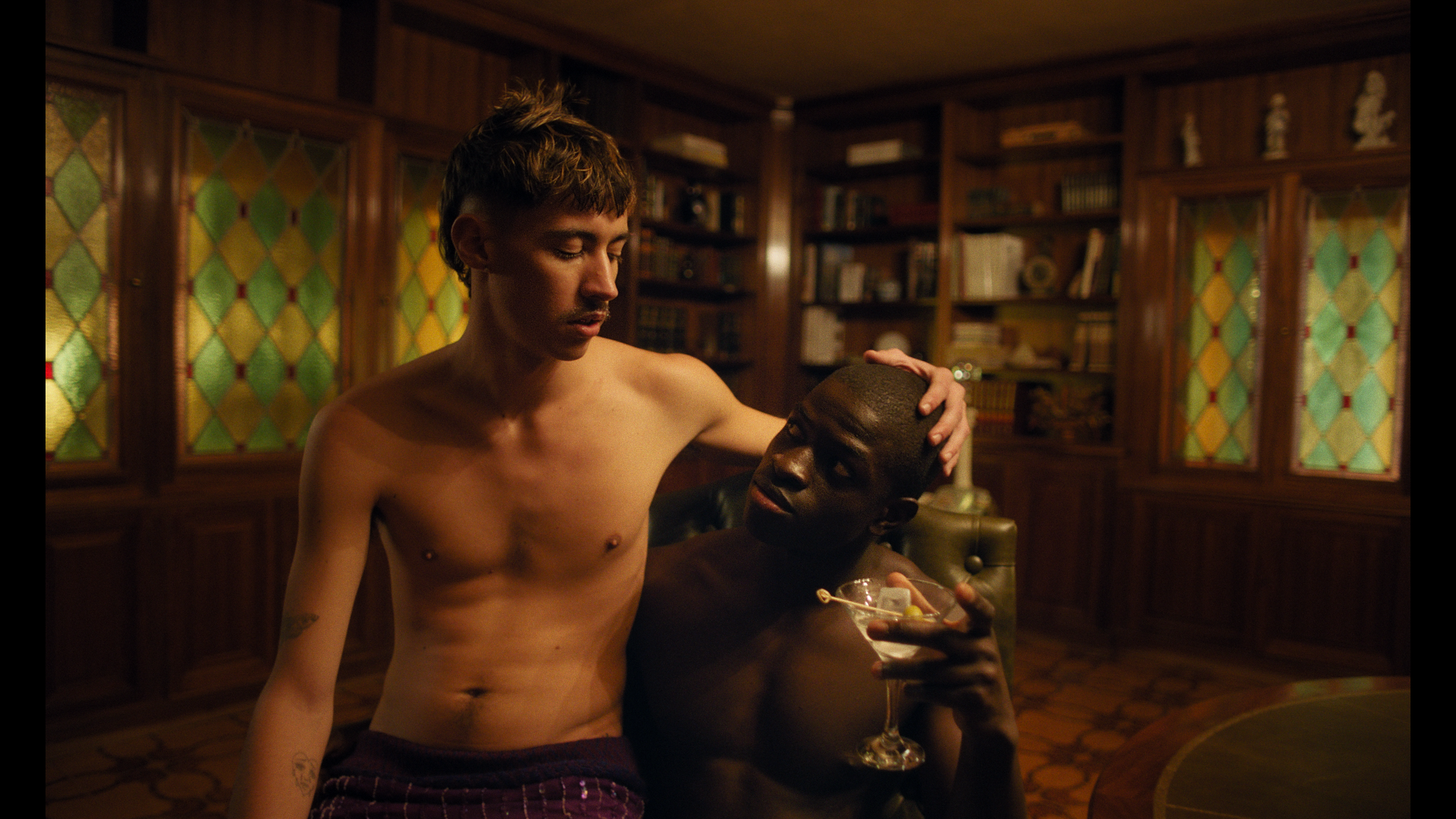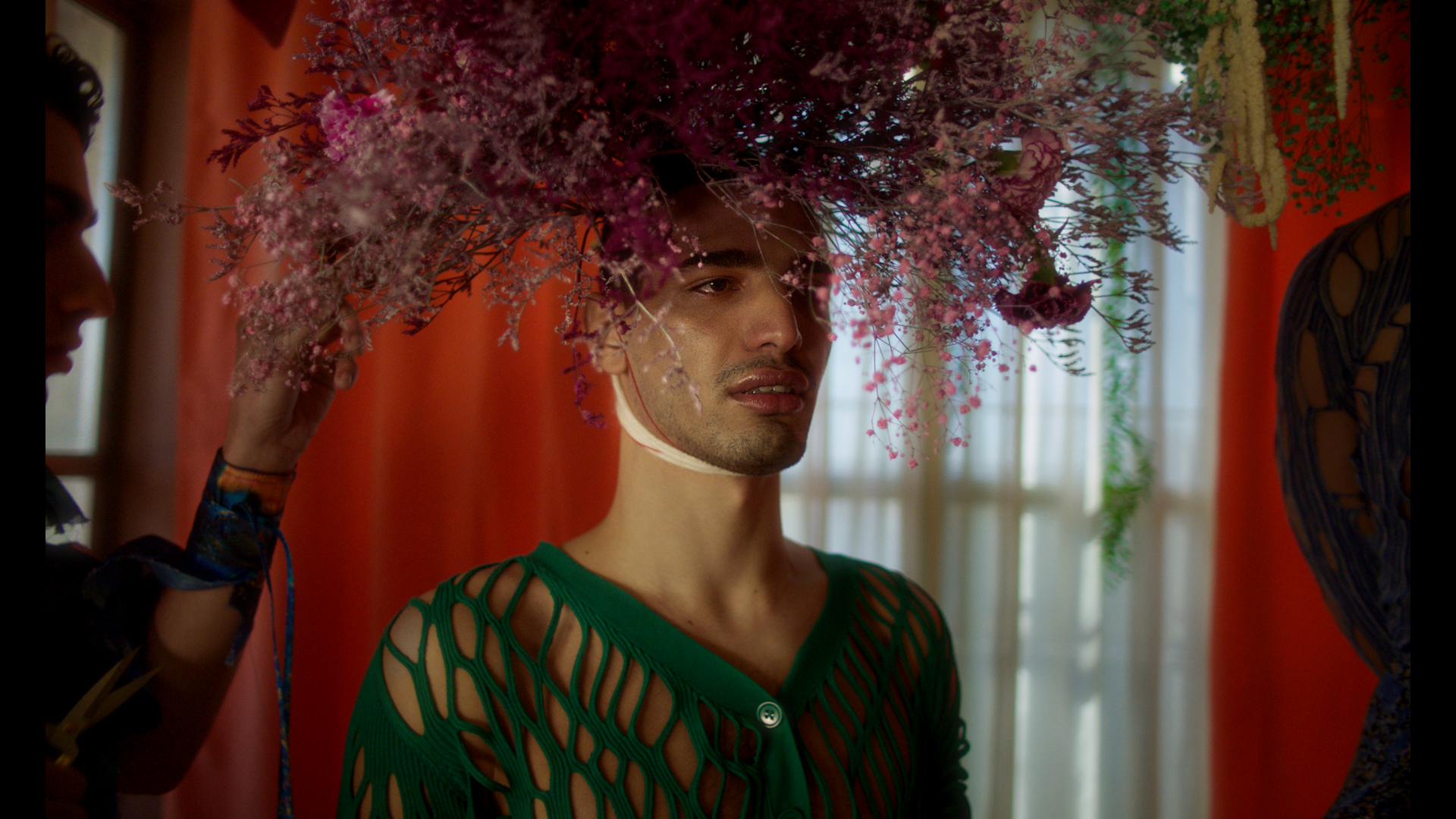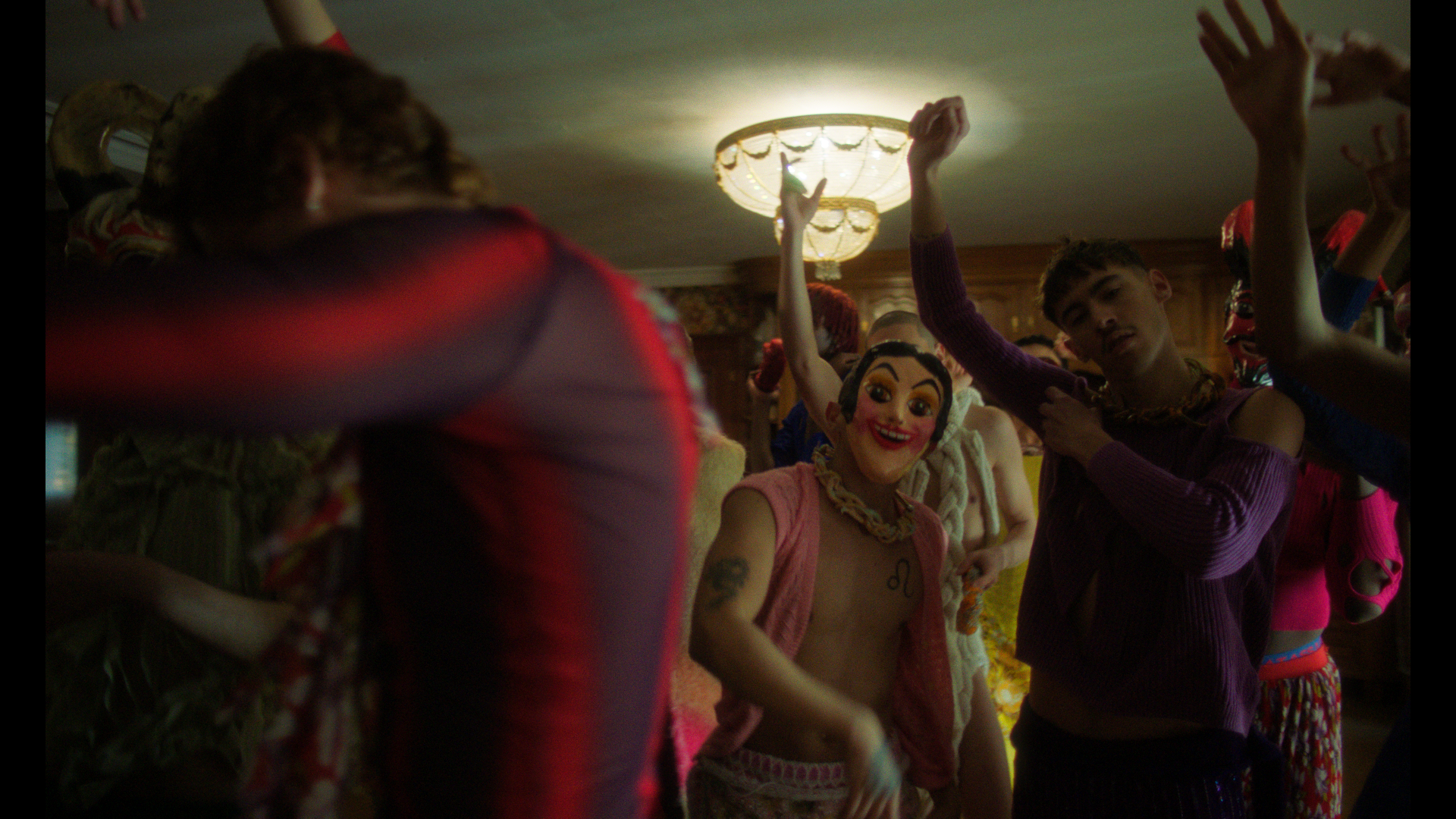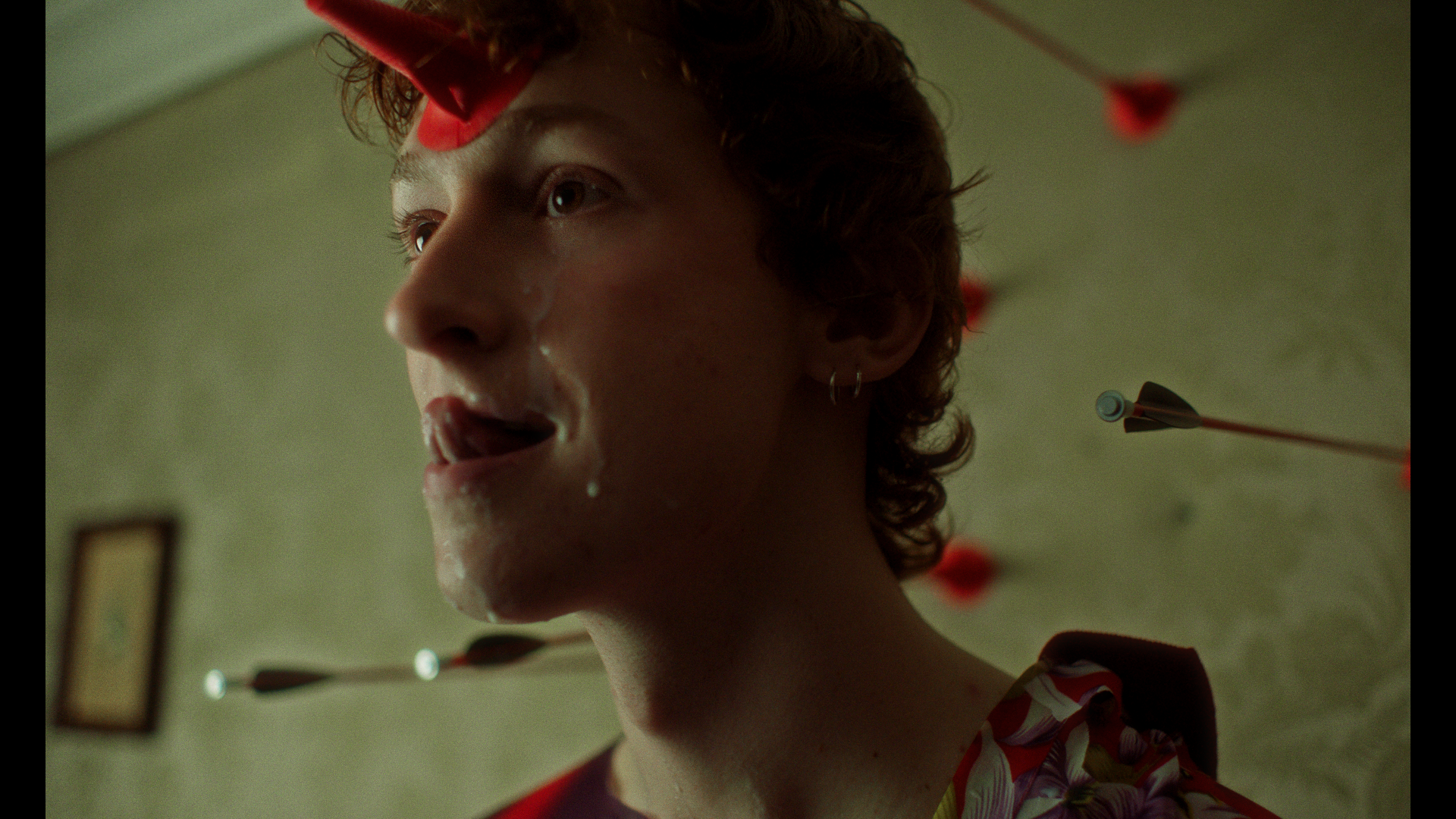ADARRAK
Aitor Goikoetxea AW23-24
Directed by Valentino R. Sandoli
Interview by Tatev Avetisyan
The Madrid-based filmmaker Valentino R. Sandoli blends tradition and rite in his recent short film Adarrak, featuring Aitor Goikoetxea's collection AW23-24. After the Biscayan designer won the award of the 21st edition of the Mercedes-Benz Fashion Talent, Sandoli took on the idea of visualising the designer's inspiration behind the genderless collection committed to sustainability. Turning rites into social events, the film focuses on how the characters slowly build their self-confidence through the ceremony.
In conversation with Valentino R. Sandoli, we learn the visual style and tone of the film, the behind-the-scenes of making Adarrak and the difficulties faced along the way.
What inspires you to direct stories about sexuality, intimacy and relationship? Was there a turning point in your life that dictated your career path?
I have always been inspired by sexuality and the relationship we build with the world around it. I am very much interested in delving into desire and how we relate to each other, and that has been shown in my work so far. Nevertheless, I wouldn't say that this is a career path, I have made films regarding other topics I am interested in. But you know how the commercial spectrum works: a lot of times, you get to do what you have already done because work calls work!
Talk us through the concept of Adarrak. How did the collaboration with Aitor Goikoetxea come about, what was the brief like and how did you interpret it?
We followed each other for a long time on Instagram, and we connected over there! We loved each other’s work and wanted to do something together, so Aitor asked me to create a film for his new collection. The collection was primarily inspired by these Mexican masks he had encountered during a trip to Mexico, and he constructed this whole idea of rites and traditions and how they are related to fear. That was my brief: I had absolute freedom to create the film within those topics. I liked the idea of treating a "party" like a rite (because it is) and how socially anxious people like myself sometimes require some protection to face them. And I just built the whole thing around that!
In one of your previous works – Cruising – you approached the narrative with a slightly similar voyeuristic style to Adarrak. Taking the audience through this provocative/hedonistic journey, what drives your stylistic choices?
Well, up until now, I didn't realise that Adarrak had a voyeur component. It wasn't on purpose [he laughs]. For Cruising, it was the pivotal point of the whole mise-en-scene: the voyeur tone of the film defined it, and every decision I made was around that idea. In the case of Adarrak, I guess it works more on a narrative level: to showcase how the character is an outsider and slowly builds the self-confidence to face the rite and join his colleagues.
How did you work with Aitor Goikoetxea, cinematographer David Lázaro, and other crew members to create the visual style and tone of the film?
For me, the preproduction work is key. I rely a lot on visual references so everyone knows exactly what I want to do. The first step was to pitch the idea to Aitor, which he loved since day one. Then, we had to close the scenes where we show inside the rooms (we had more options but budget and time-wise, we had to select only 3-4). And then, when the whole team came in, we had a strong visual treatment that everyone could just jump into and add to it from their department. David Lázaro worked great, as he introduced wonderful lighting references and we left no details out of preparation during the pre production so we could squeeze the most out of our single day of shooting.
“Aitor Goikoetxea is a pretty queer brand, defying the limits of gender with his work, and I am completely in line with it. Showing male desire and pleasure that exists out of heteronormativity is a win for us”
What do you hope viewers will take away from the film, and how do you see this film contributing to discussions about representation and inclusivity in media?
I hope they experience the thrill of it. For us, it was always about making a film that would make people feel that rush of the main character, of joining the rite and the hedonistic aspect of Aitor's work. For that, I think Gordian Gleiss and Marie Guegeais from 86Tales had a big role. Because we knew from the start that we needed a music track that was slowly building up to an epic ecstasy, and they nailed it! In terms of representation, I think that just by existing, something is being done. Aitor Goikoetxea is a pretty queer brand, defying the limits of gender with his work, and I am completely in line with it. Showing male desire and pleasure that exists out of heteronormativity is a win for us.
Do you have any specific scenes or moments in the film that were particularly challenging or rewarding to film?
It wasn't a difficult shoot, apart from the time restraints. But the arrow scene was quite hard; we did so many takes. First, the archer shot: the model couldn’t successfully shoot the arrow every time, and we had to time the shot with the camera panning super fast at the exact moment. Then the counter shot: we had to synchronise the camera panning with the model doing the action and then the "cumshot" at the perfect time, without ruining the clothes etc. It was a tricky one, but it came out just perfect!
What are you working on next?
I am working on the postproduction of my next fiction short film, which we hope can hit the festival run sometime this year; I am also working on a more visual film about the Madrid ballroom scene, but that is still in a very early stage. I have many projects (as we all do!), but they develop slowly. All of that while working as a commercial director!
Directed by Valentino R. Sandoli
Creative Direction by Valentino R. Sandoli & Aitor Goikoetxea
Produced by Mafer García
Production - Luma Film Production
Cinematography - David Lázaro
Art Direction - Julu Martínez
Music and Sound - 86Tales - Gordian Gleiss, Marie Guegeais
Editing - Gorka Atarés
Color Grading - Gradepunk // Sebastián Martín
MUAH - Miki Valles
1AD - Sofia Usachenko
2AD - Egoitz D. Ibergoitia
DA - Ignacio Pérez Salvatierra Saavedra
Production Assistants - Claudia Lima, Rocío Yelamos, Héctor Flores
Steadycam - Alejandro Lázaro
Graphic Designer - Héctor Mangas
Making Of - Improfilms
1AC - Lucho Parada
2AC - Alejo Iglesias
Videoassist - Cari Cotache
DIT - Michele Scaramella Cordero
B Camera - Alisa Truyol
Gaffer - Daniel Fuertes
Best Boy - Aitana R. Pascual
Sparks - Pablo Antón García, Alicia Rodríguez Llorente, Jorge Ortega
Art Assistants - Irene Termenón, Gonzalo Muratel, Cati Fernández
Styling Assistants - Jon Mikel, Aitor Vidal Prior, Paula García Pérez
MUAH Assistant - Alba Córdoba
Casting by Giovanni Fedele and Zerek Green // Zerek Studio
Casting Assistant - Miguel Braña
George Steane
Isidro (Zihao Li), Weri Bouchakour, Diego Ambrosio, Gabriel Samaniego, Guillermo Oyie Sikoko, Máximo Ramírez, Fernando Fraga, Febo Napoleón, Nacho Ripoll, Morna Izcara, Enrique Díaz, Javier Navarrete, Scott William, Javier Cuero, Nick O'Brien, Nicolas Carro

